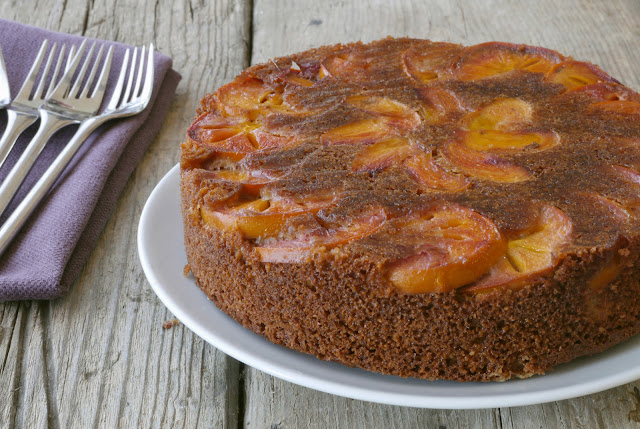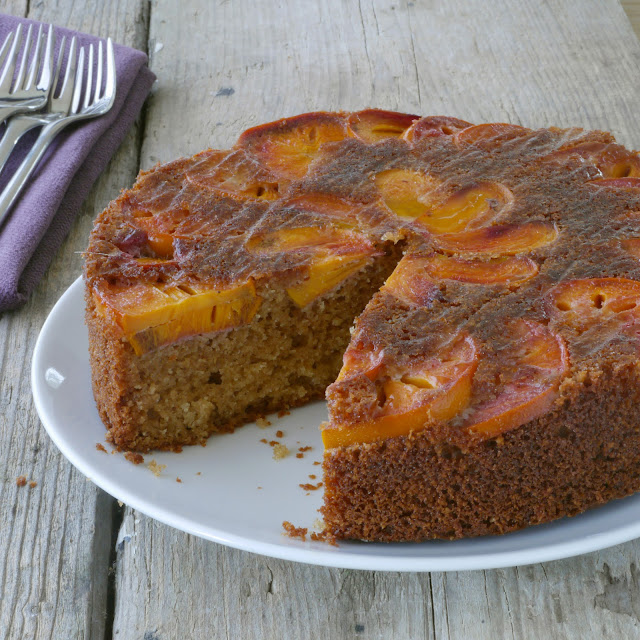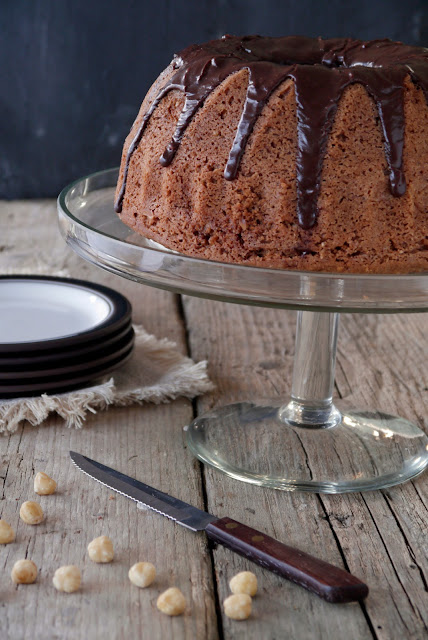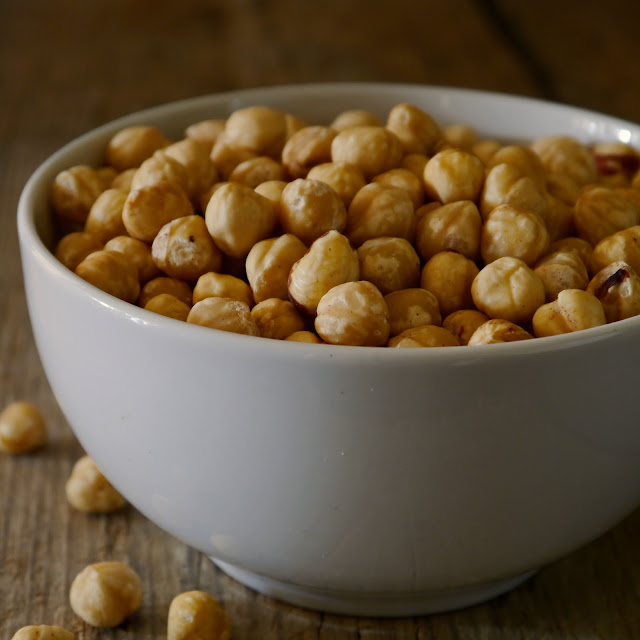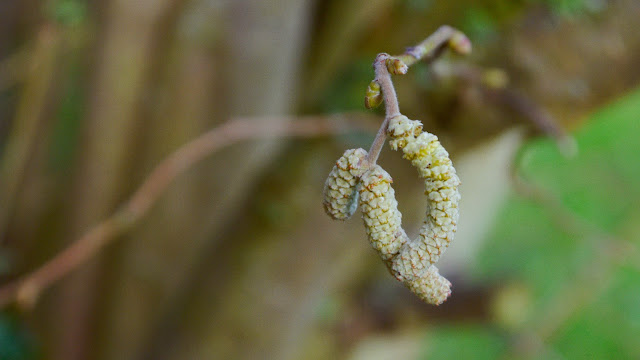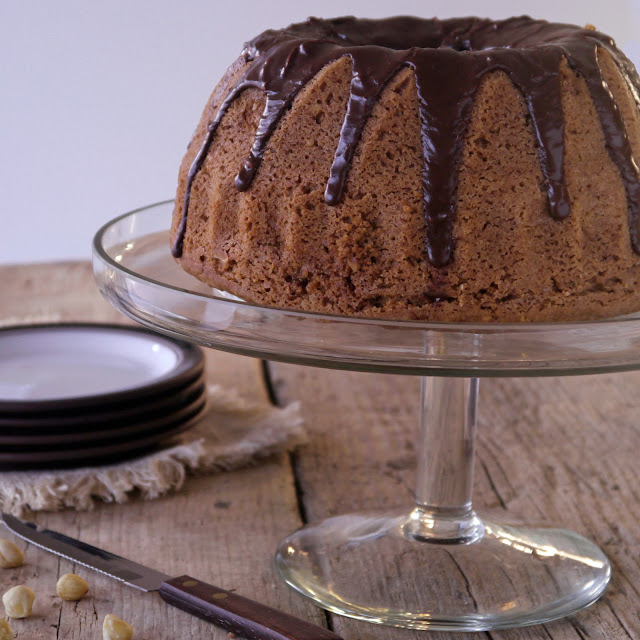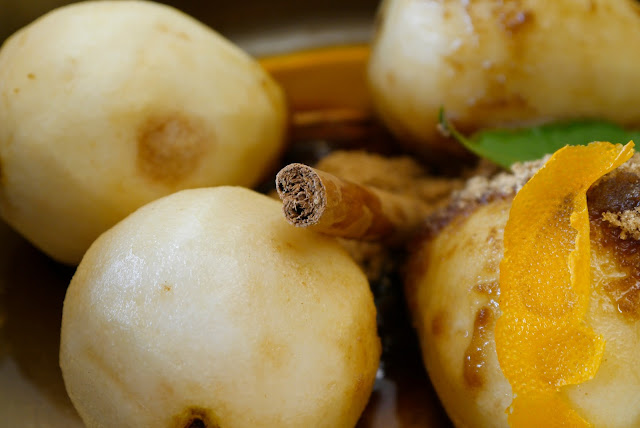Although it's only February, it seems the first signs of spring are appearing: the pastel green tips of daffodils are poking up from the ground, the first sticky buds are beginning to unfurl and the snowdrop's delicate white bells have come up to brave the frosts.
Despite this, I'm feeling a bit under the weather and so I'm not quite ready to wholeheartedly embrace spring quite yet. So to try and kick this cold I've been taking in lots of citrus fruits this week. I'm not so sure this added vitamin C is making too much of a difference but all the same I'm still quite enjoying the citrus bonanza.
In a way, this cold came just in time for the brief season of citrus fruits, blood oranges in particular. Admittedly, blood oranges aren't the cheapest fruit but they have a sharp, citric tartness, crimson red juice and almost raspberry like flavour which you'll only find for a short time in the year, so just buy a few and savour them simply. Equally, you could substitute any citrus fruit for the recipe or use a mix of several instead.
Normally, I don't actually cook with blood oranges but have them as they are: lazily peeling the knobbly, ruby skin skin. I debated on making a sorbet or ice cream (I almost wish I had) but I wanted something more substantial so I decided on making tart. It's not a difficult recipe: a chocolate tart shell, some mascarpone cream and orange slices: just make sure you chill the dough well and handle it lightly since it's a bit crumbly.
As I sliced the oranges, I was amazed at the range of colours. The first, disappointingly, was a standard orange colour, maybe occasionally tinged with red, the next two were a light scarlet streaked with ruby and the last was a deep, burgundy red - almost maroon. I'm not sure what varieties they were but I bought them from two different places so I guess they must be different varieties.
After peeling the oranges I had quite a lot of peel (I used the
river cottage recipe) left so I made it into some candied peel. If you've only ever tried the pre-chopped peel then you'll be amazed at what the homemade is like. It's zesty and almost tangy - a world a way from the bland, waxy shop bought stuff. I don't normally use it in cakes (but if you are going to, don't dip it in the sugar once it's been cooked in the syrup), usually just having as it is or I might even dip it into dark chocolate if I'm feeling luxurious - it's surprisingly addictive.

